Interview 091 • Jul 3rd 2024
- Interview by Lou Noble, photography and film by Natasha Wilson
Links
Foreword
Natasha Wilson, one of our favorite photographers, recently made her first film, Metanoia, which takes a poetic approach to visualizing her new interest in hypnosis. Given her potent visual point of view, we wanted to talk with her about her experiences, both transitioning to film and exploring hypnosis with a group of others.
----
This interview has been edited for clarity and content.
Interview
First, of course, where did this idea come from?
I became deeply fascinated by hypnosis after delving into a rabbit hole of YouTube videos featuring stage hypnotists performing at high schools. I was captivated by their skill in bringing together stereotypical jocks and nerds, convincing them they were best friends—all while under the scrutiny of their peers. The selected students, obedient to the hypnotist’s commands on stage, seemed to shed any doubts or embarrassment, embracing the hypnotist’s words as truth without question — I wanted to capture this essence within my own project.
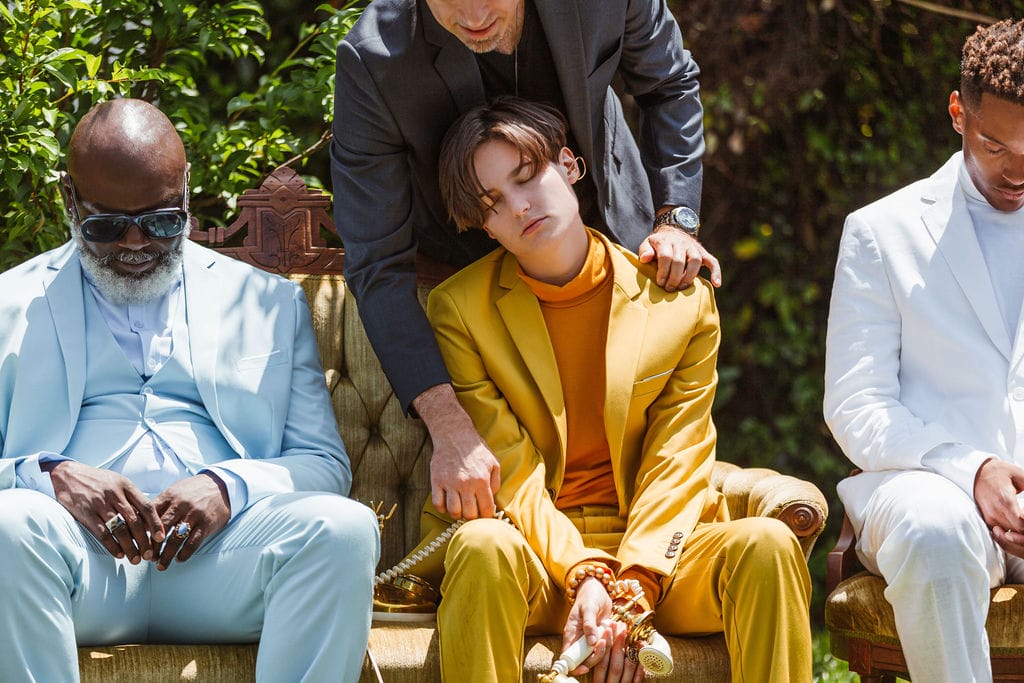
My first step in research for Metanoia was participating in a hypnosis session, because I myself was a skeptic of the viral online videos I was seeing and needed to understand it better first hand. For the first 20 minutes of my session, I was doubting every second, in my head thinking, “this isn’t working, I am going to have to start pretending at some point.”
While I was lying down on the extended recliner in my hypnotist’s office, I was guided by her to visualize walking through a forest, and in that vision I came to a lake. When she asked me to picture myself wading into the water, it was like the chair dropped through the office floor and I was floating in a sort of undercurrent limbo. A wave of relaxation and calm washed over me. I was completely present in the room, but physically, in some peaceful underworld. Experiencing something akin to what I witnessed with the high school students on stage, I knew I wanted to showcase hypnosis in an artistic manner for curious viewers and skeptics alike.
Why video, rather than still photography?
Hypnosis is a skeptical concept for most when not witnessing it first hand, so filming it was essential. This is my first ever motion project that I have fully conceptualized, directed, and edited. I’ve been meaning to dabble into directing motion for a long time but hesitated for the fact that it was such a beast of a personal project to take on. We made it to the other side though and I am so thankful to all of my talented friends and community that was able to bring this project to life.
What were you surprised by in the experience?
One of the most surprising moments for me happened very early on in our casting process. I was absolutely blown away at the fact that Glenn, my hypnotist, was able to fully hypnotize people through the computer screen, not even being physically in the same space as the subjects. We witnessed deep responses, one of the biggest ones being with Rich, who we ended up casting for the film. He has a unique quality of hypnosis that not a lot of people are able to access, called “Visual Phenomena” where when prompted, he can open his eyes and see a completely different person than who actually stands in front of him.
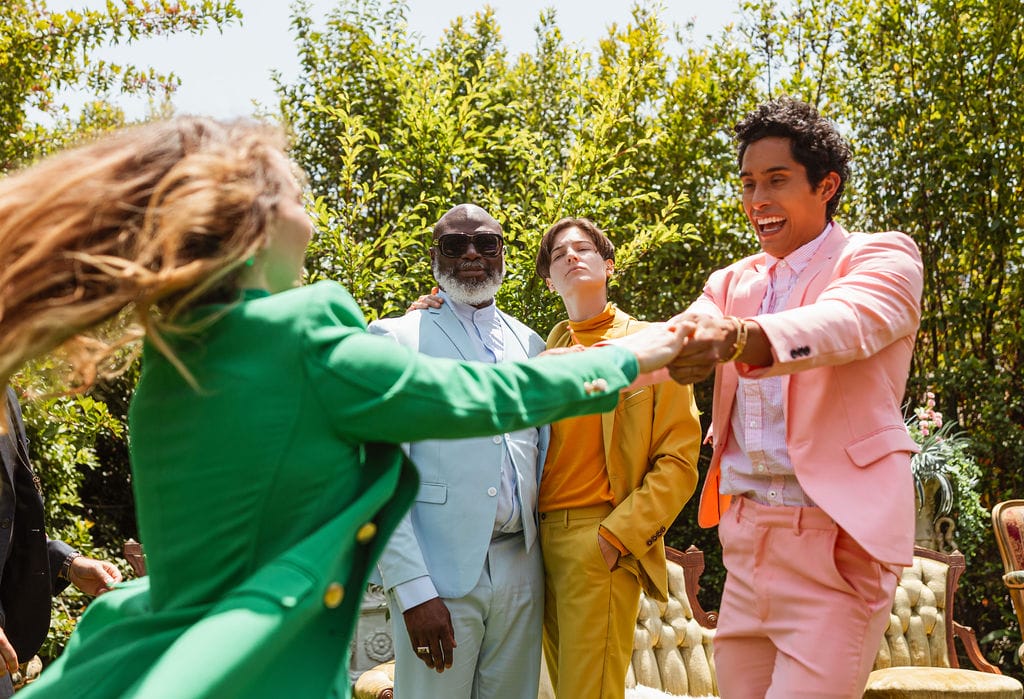
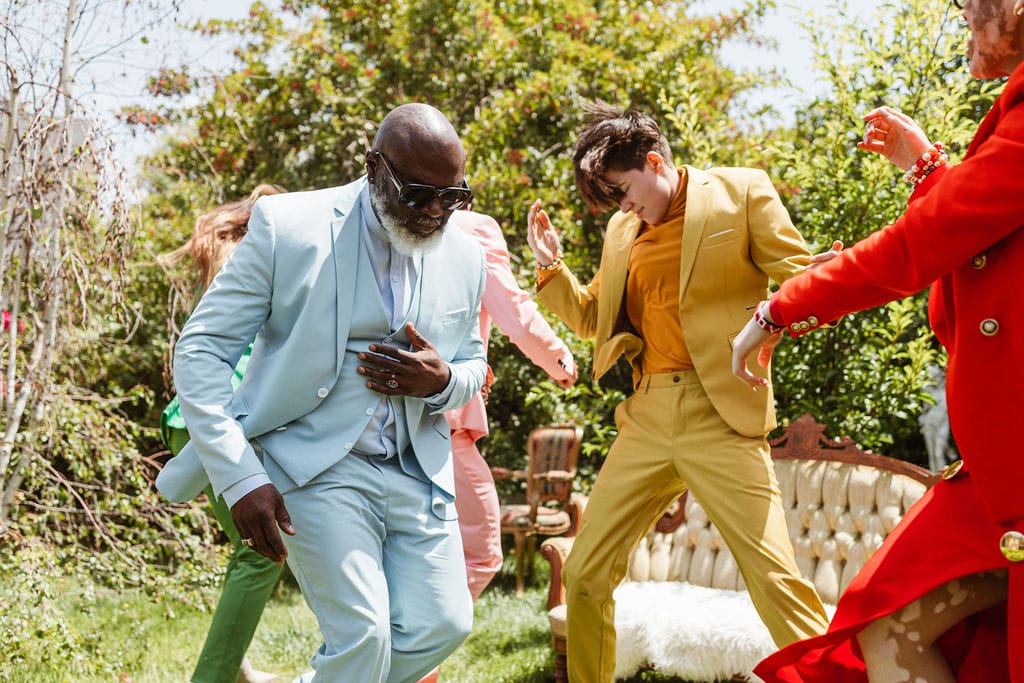
This characteristic was shown when Glenn prompted Rich to open his eyes, and see the person that he missed the most in this world. Without a beat passing, when Rich opened his eyes, he started to have a conversation with a close friend he hadn’t seen in a while. It was so genuine, he was in awe of being able to talk with this friend, and tears started to well up in his eyes. I was witnessing this from my computer in the zoom session. My heart seemed to stop, I was on the edge of my seat. It was so real. We continued to witness incredibly impactful, honest emotions through our castings and in real life on the day of our hypnosis set, and I experience the same awe every time.
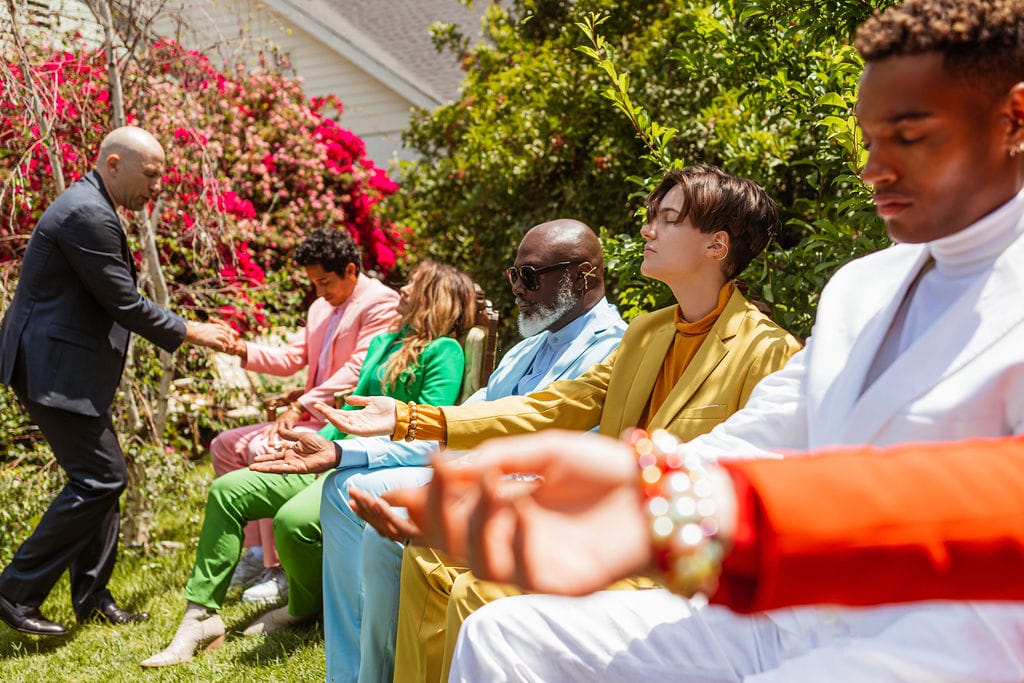
What inspiration did you draw from for this film?
Visually my biggest inspiration was color. I knew I wanted to blend a documentative story with my use of bold hues and monochromatic styling. I spent a lot of time trying to find the perfect space that could help tell the story without overshadowing the action. I ended up finding this incredibly detail oriented house with each room displaying a different monochromatic palette. The home owner worked in the prop styling movie department in the past, and then took on her own home as a lifelong passion project to share with others. It ended up giving our film this whimsical twist that I didn’t know we needed.
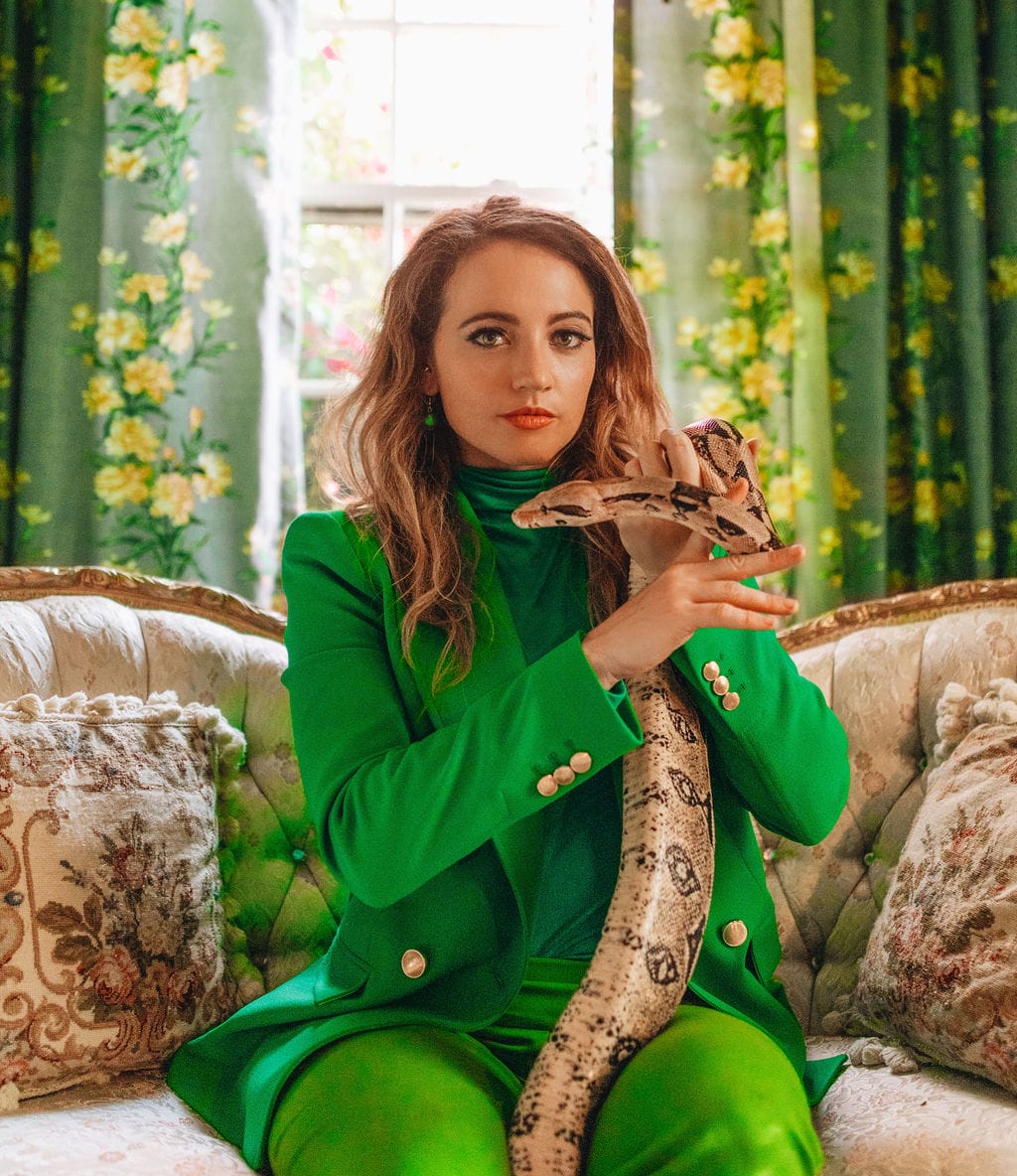
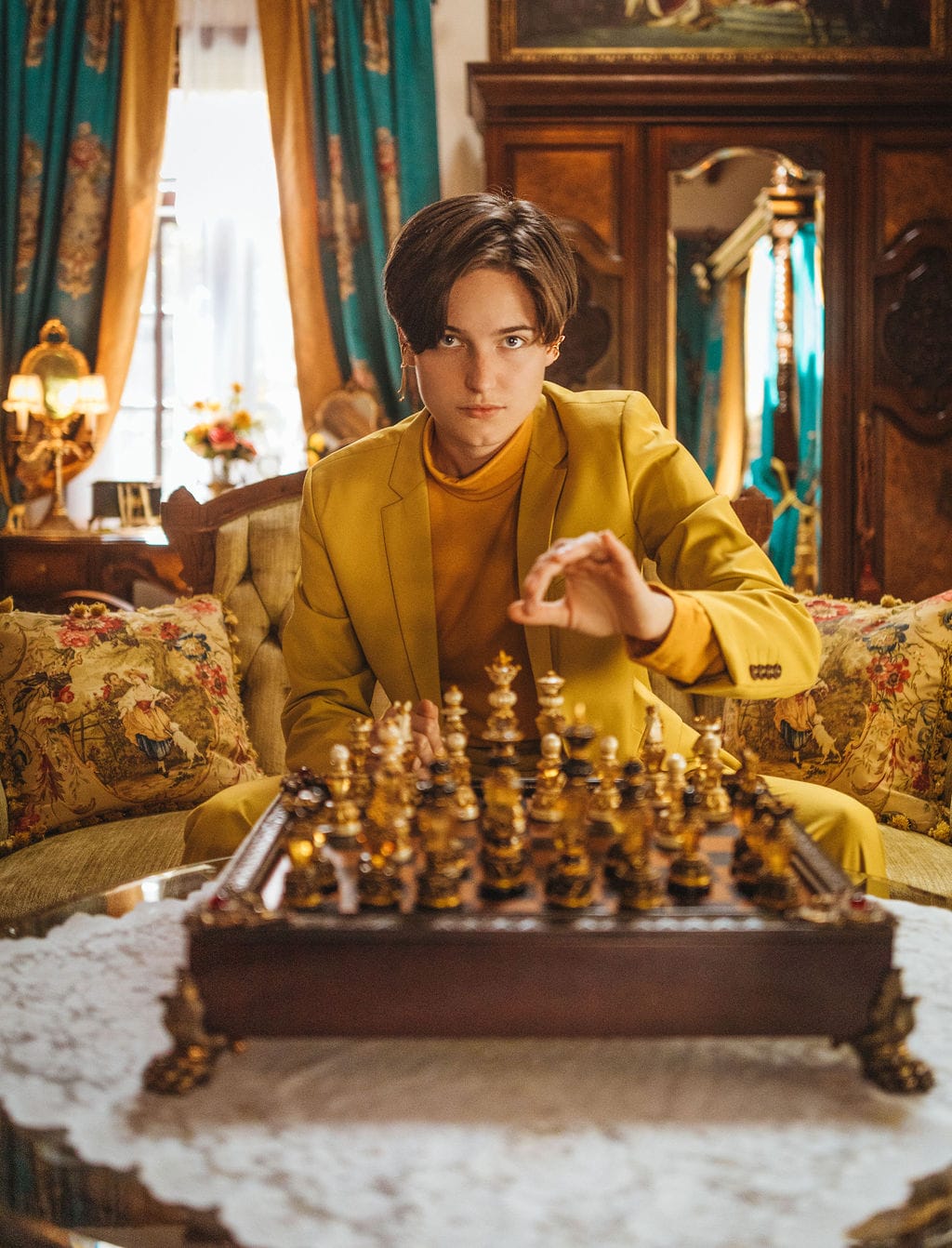
Were there changes, from the initial concept to the final product?
My original vision for Metaonia didn’t include a voice over narrative. I wanted to tell the full story from a more documentary perspective, by viewing the hypnosis session as a whole. Our hypnosis session lasted over 45 minutes on the shoot day, and in post we spent countless hours deliberating the best approach. And although I would love to do an extended cut in the future, I felt like the first motion piece that I debut to the world should be short and sweet, and carry a bold message throughout. Ultimately I think this is a first look at how I can share my creative voice through motion and I want to continue that journey not only in directing, but hypnosis as well. Hypnosis has affected me deeply and I want to continue to find ways to bring it into my work.
Did you use your hypnosis session to manage any particular issue? Once you discovered it was “real”, was there a desire to see what it was capable of?
Yes, my hypnosis session was actually a hypnotherapy session to target childhood trauma. From that session, I realized that the freedom from self judgment and the ability to let go of others perception of me is a trait that can be found in both hypnotherapy sessions and stage hypnosis alike, and that’s what I really wanted to showcase in this film.
What did you notice about your work as you transitioned from stills to motion?
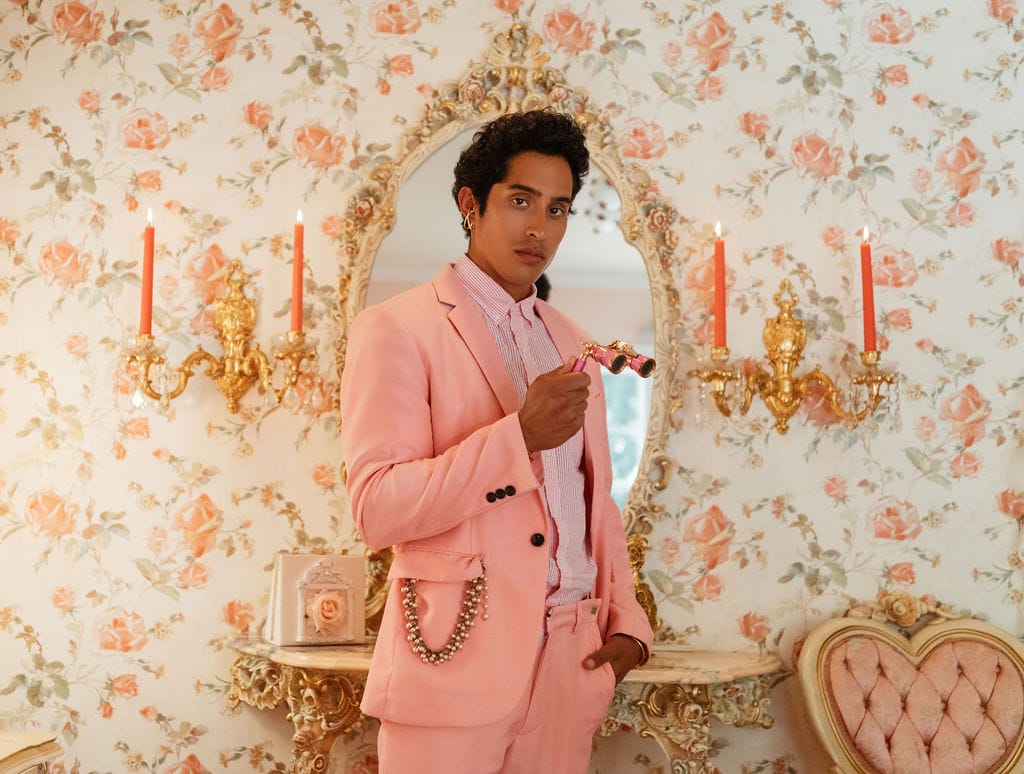
I was aware that any motion project would have a lot longer post production, but I didn’t realize I wouldn’t have any patience for that. Especially living in a digital photo world for so long, where I can shoot and share the images in the same day, I am still in a huge learning curve of appreciating the process and all the moving parts that it takes to create a film. I also got to use my creative voice for the first time in areas that I’ve never dabbled in, like music choices and narration with Glenn, there were so many new roles that I had to step into for the first time, but I really enjoyed the process overall.
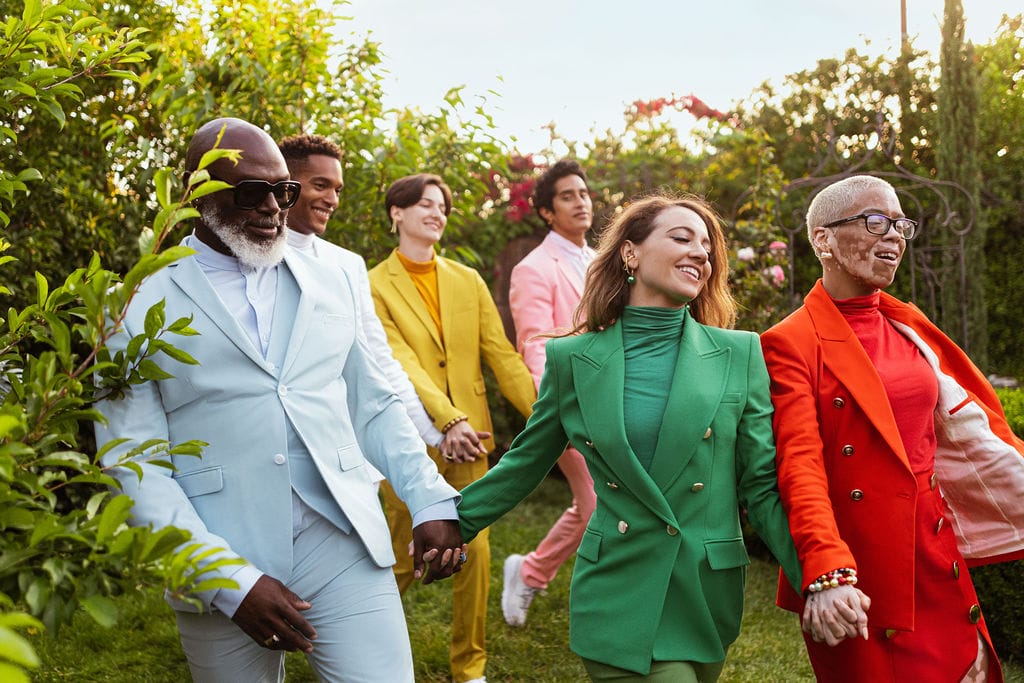
How did your directing style change with that transition?
I think my directing style has changed in the sense that I speak louder, and with more confidence. I’ve always had a general vision in my head for my projects but also allowed room for collaboration with all involved. I still do that, but with a newfound sense of belief in myself that I don’t think I carried as openly before.
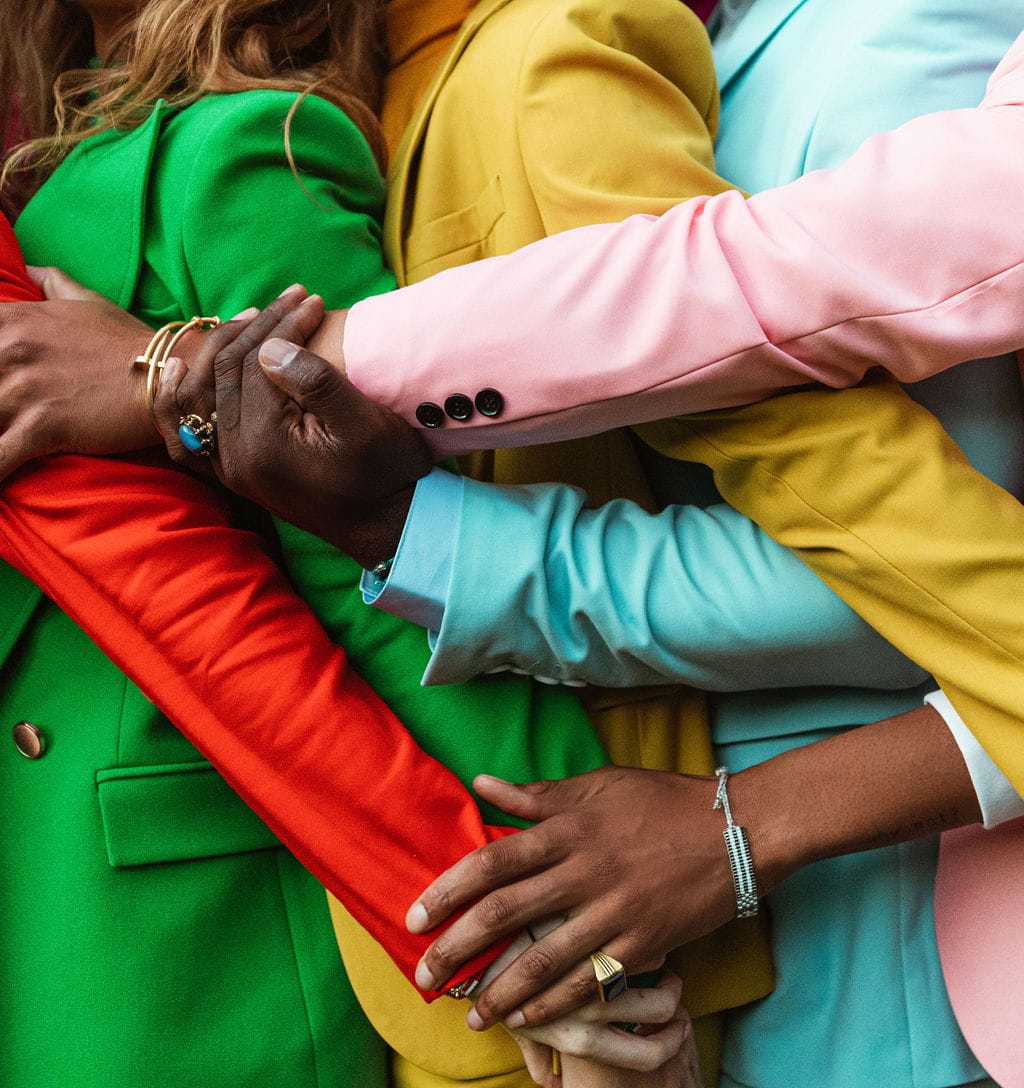
Metanoia from Natasha Wilson on Vimeo.